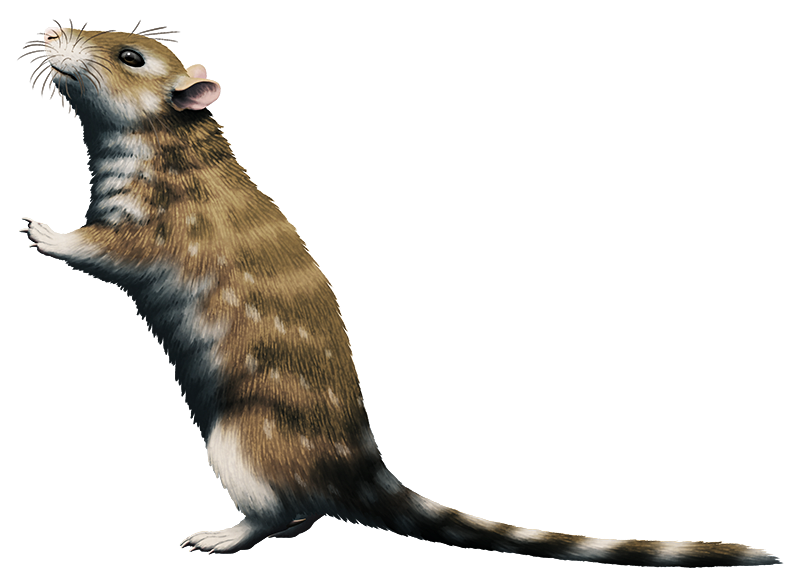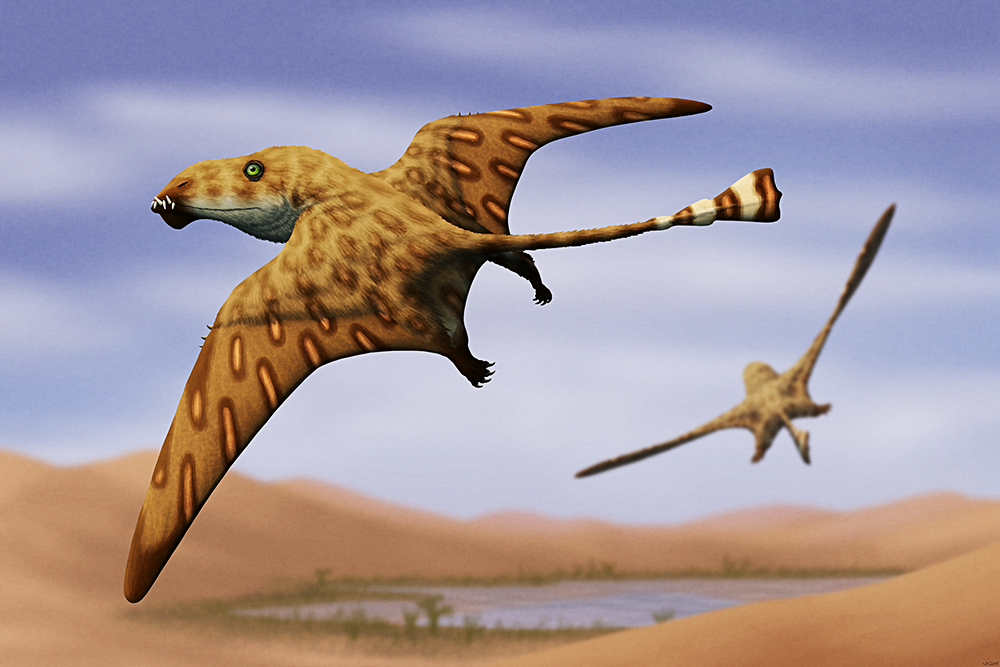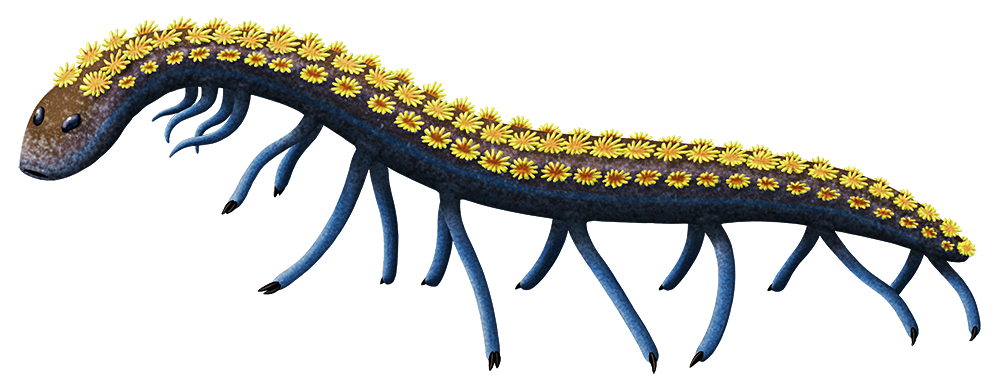Paludidraco multidentatus from the Late Triassic of Spain (~237-227 mya).
This 3m long (9′10″) animal was a member of the nothosaurs, a group of semi-aquatic seal-like marine reptiles that were closely related to plesiosaurs (and both were also evolutionary cousins to modern turtles).
It had long slender jaws full of numerous tiny teeth, creating an interlocking comb that was probably used for filter feeding – scooping up mouthfuls of fine-grained sediment from the seafloor and filtering out small invertebrates or soft plant matter.
The bones of its skeleton were also highly thickened and dense, a condition known as pachyostosis that provided ballast to weigh it down in the water. This would have made it a slow and unmaneuverable swimmer, but a very energy-efficient one, using its natural neutral buoyancy to hover or walk along the seabed.
It was essentially a reptilian manatee, filling a similar sort of ecological niche.




